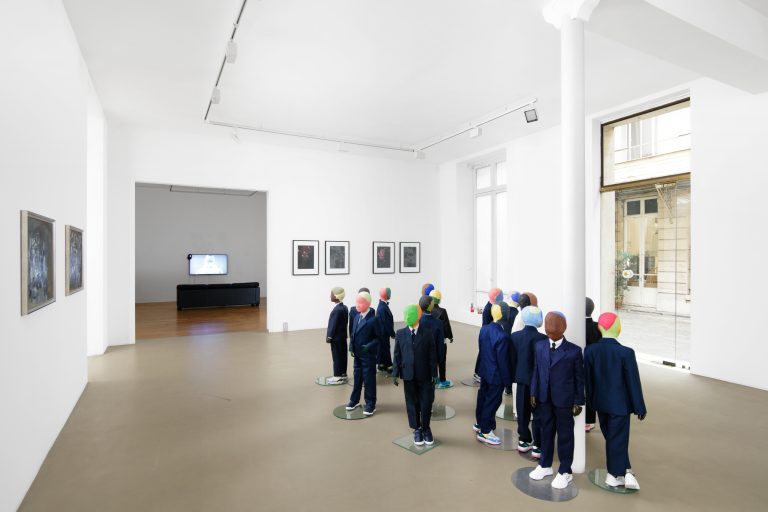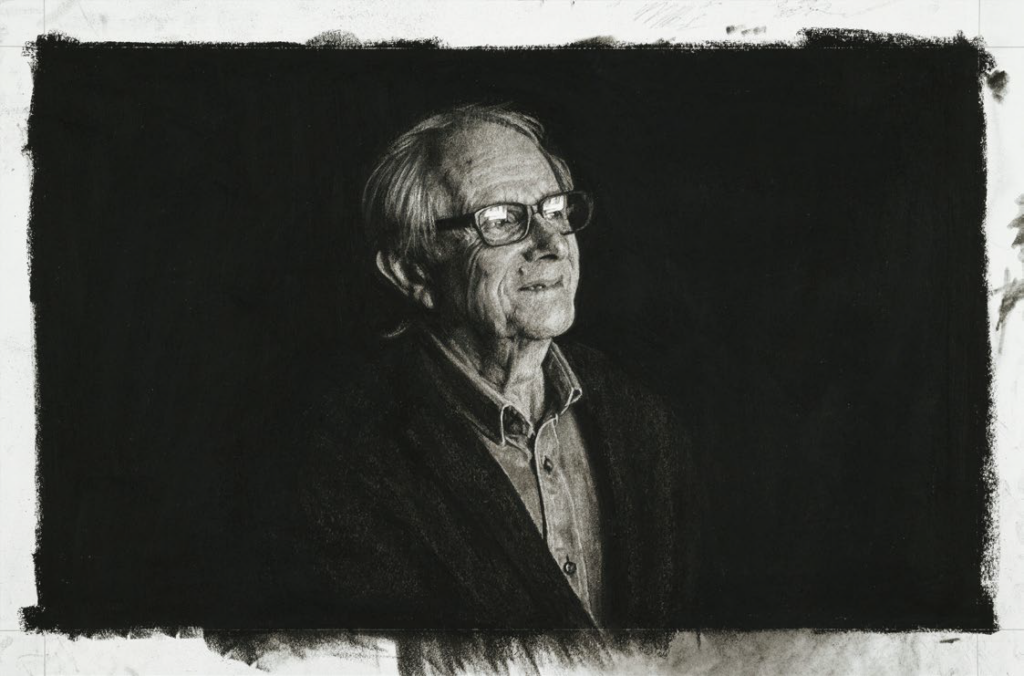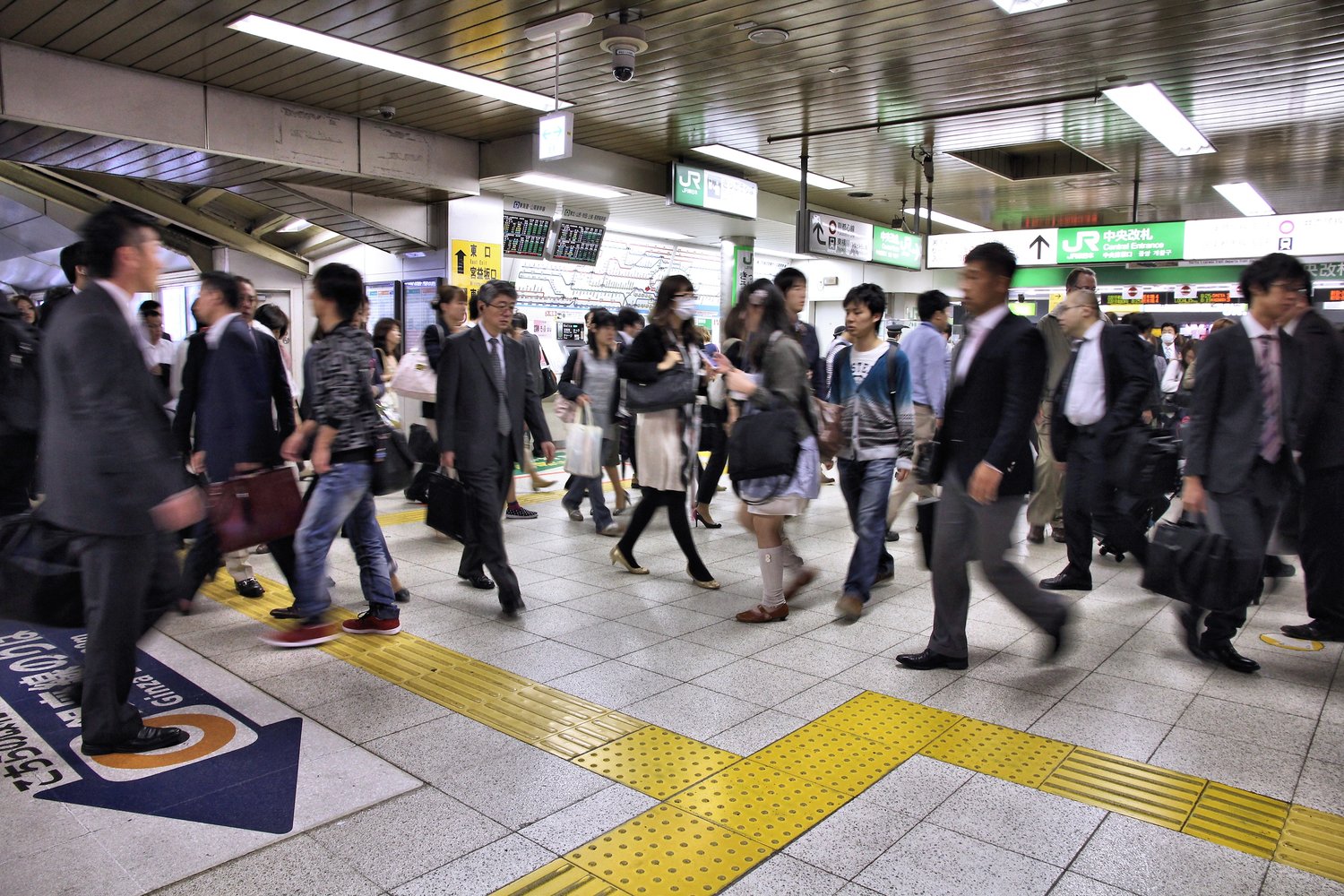El territorio no está en venta
2011 - Sculpture (Sculpture)
María Buenaventura
The Territory is not for sale is a process of reflection and research with people, thinkers and community leaders from Usme, a rural part of Bogotá on the tenuous verge of becoming urban. As an art object and installation, it comprises multiple stacks of paper each containing the decrees of land expropriation from many different peasant farmers who are being forced to sell their lots of land back to the government. Usme lies at the southern urban-rural border strategically located next to the Páramo de Sumapaz, an enormous neo-tropical tundra ecosystem and water reserve. It had remained relatively isolated from the city-proper until 1954 when it became incorporated into Bogotá, triggering a process of residential densification through legal and illegal urbanization. Usme remains the very last green area for urban expansion. The farmers do not want to sell because they want to keep their way of living, and even if some would want to become “urban citizens” they will not able to afford to do so given the absurd price offered for their land. While the problematic transformation of land from rural to urban, and the multiple forms of displacement lays in those stacked papers, there is also moments marked where inflicted communities rise above those struggles. To represent the mobilization of these communities, the artist has excised a section of each decree to plant the local crop or mineral from the area; as each plants grows from the stacks of paper, the decrees in turn begin to materially deteriorate. In appreciating this work, it is helpful to understand the rapid growth and densification of Bogotá over the 20th century that has produced unequal urban development stamped by social divisions — the coexistence of informal and formal modes of survival, illegal and legal access to housing, and the blending of rural and urban lifestyles. Poor migrant workers fleeing Colombia’s 60-year armed conflict have settled in increasingly dense peripheries of the country’s capital, such as Ciudad Bolívar and Usme, thus informally extending the breadth of the city towards its southern borders at a rapid pace of growth. Most of them have purchased illegal plots of land from swindlers, built their houses by themselves and fought for infrastructure, equipment and services through political organizing.
María Buenaventura is an artist, author and chef. Her artistic practice focuses primarily on the history and socio-political implications of food and culinary traditions, as well as concepts of historicity and memory. From the early 2000s she has been researching the history of food in the Sabana of Bogota, where she lives and works, as a way to unearth the narratives and experiences of local communities. Concerned with principles of preservation, she arranges in her works collected fragments, stories, recipes, testimonies, residues of landscapes and few ingredients in order to explore the dynamics that tie a territory, a community, its culture, its education and its traditions together. Through her different projects, Buenaventura reflects on questions of belonging and survival, of both human and non-human beings, in relation to a history of violence, looting and destruction. As she states: “The search for forgotten beings and the certainty that they are alive” drives her artistic practice.
Colors:
Related works sharing similar palette

© » KADIST
Jedediah Caesar
2009For Untitled, Caesar encased recycled objects such as scraps of plywood, paper or cloth in resin and then cut and reassembled the pieces into abstract forms...

© » KADIST
Naufus Ramírez-Figueroa
2018In Guardian 2 Naufus Ramírez Figueroa explores the historical memory and political reality of the ruins of Kawinal, an archeological site of postclassic Mayan culture that was flooded in order to construct the hydroelectric dam of Chixoy in 1975 in a supposed effort to bring electricity to the country...

© » SLASH PARIS
Group show — Tous les jours — Galerie Chantal Crousel — Exposition — Slash Paris Connexion Newsletter Twitter Facebook Group show — Tous les jours — Galerie Chantal Crousel — Exposition — Slash Paris Français English Accueil Événements Artistes Lieux Magazine Vidéos Retour Group show — Tous les jours Exposition Dessin, photographie, sculpture, techniques mixtes.....

© » KADIST
Charles Avery
2012Since 2005, Charles Avery has devoted his practice to the perpetual description of a fictional island...

© » KADIST
Chemi Rosado-Seijo
2016Map of the Universe from El Cerro continues Chemi Rosado-Seijo’s long-term engagement with the community of El Cerro , a rural, working-class community living in the mountains of Naranjito, Puerto Rico...

© » WHITEHOT
Steven Seidenberg: The Residue of Life & The Architecture of Silence advertise donate post your art opening recent articles cities contact about article index podcast main December 2023 "The Best Art In The World" "The Best Art In The World" December 2023 Steven Seidenberg: The Residue of Life & The Architecture of Silence Shinjuku #3, Tokyo Tape...

© » KADIST
Ali Cherri, in conversation with Audrey Norcia In the framework of “ Visite croisée” with Jeu de Paume 3pm Meeting point at Jeu de Paume with Ali Cherri and Osei Bonsu : presentation of the exhibition Somniculus 4.30 pm KADIST : Exhibition tour Conceal, cover with sand, replicate, translate, restore 5pm Conversation between Ali Cherri and Audrey Norcia Ali Cherri is an artist...
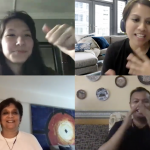
© » ARTS EQUATOR
Podcast 84: Traditional Arts: Dikir Barat, Kavadi Attam and Nanyin | ArtsEquator Thinking and Talking about Arts and Culture in Southeast Asia ArtsEquator Viewpoints December 8, 2020 ArtsEquator speaks to Lyn Lee, Nirmala Seshadri and Soultari Amin Farid about Nanyin, Kavadi Attam and Dikir Barat and the study and practice of traditional arts in Singapore...

© » KADIST
Luka Yuanyuan Yang
2019Composed of three photographic panels, Three Times at Yamato Hotel by Luka Yuanyuan Yang is a part of the artist’s ongoing project Dalian Mirage , a seven act play in a theatre staged as the city of Dalian...
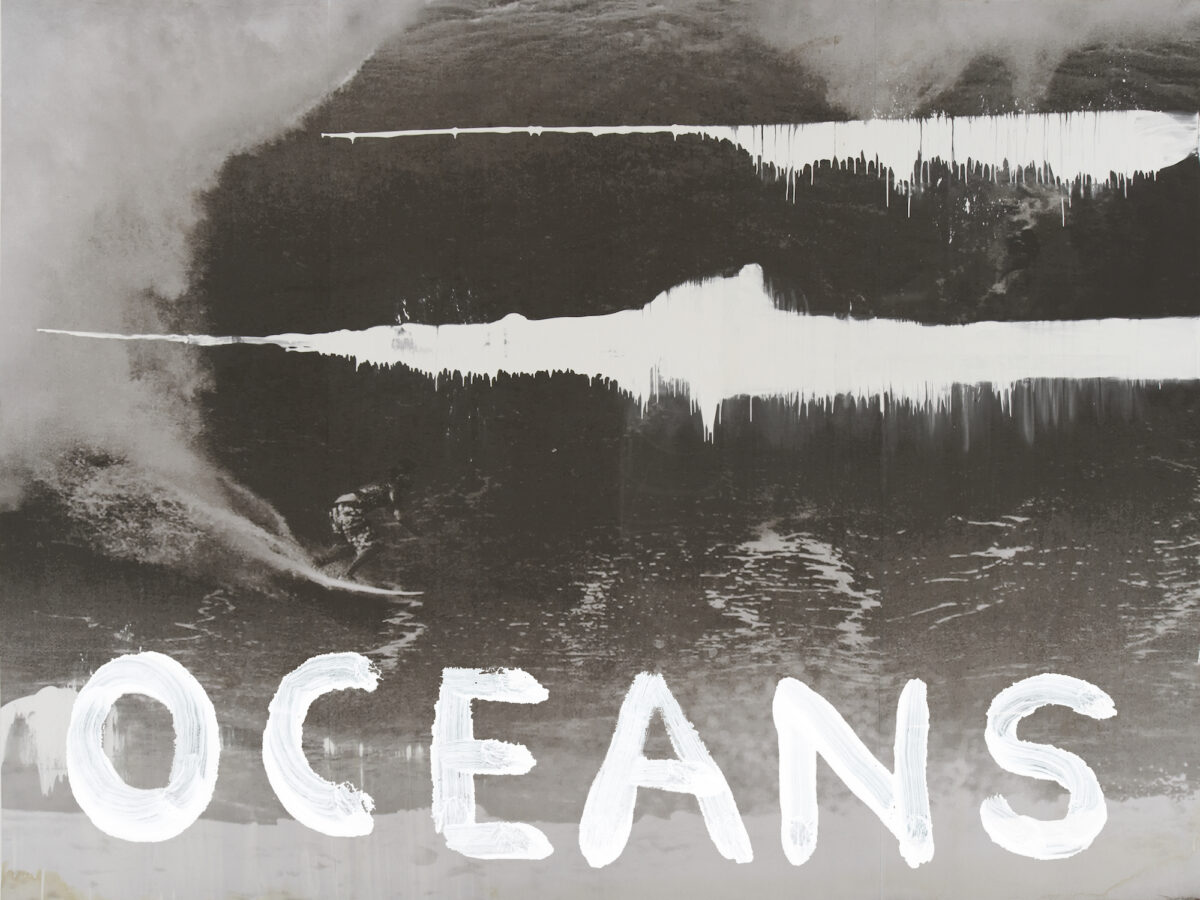
© » FAD MAGAZINE
Art Basel and Parley for the Oceans launch partnership at Art Basel Miami Beach 2023 - FAD Magazine Skip to content By Mark Westall • 4 December 2023 Share — Art Basel and Parley for the Oceans have announced a partnership and launch ‘Art for the Oceans’, a global fundraising initiative to protect Oceans, Climate and Life against plastic pollution, climate change and biodiversity loss...

© » THEARTNEWSPER
New York governor seeks removal of problematic images of Native Americans Art market Museums & heritage Exhibitions Books Podcasts Columns Technology Adventures with Van Gogh Search Search Museums & Heritage news New York governor seeks removal of problematic images of Native Americans Kathy Hochul has proposed removing certain imagery from the state capitol in Albany Gareth Harris 9 February 2024 Share Kathy Hochul, the governor of New York Mark Getman Kathy Hochul, the governor of New York, has proposed removing depictions of Native Americans from New York’s State Capitol building in Albany...

© » KADIST
Javier Castro
2012In the film La Edad de Oro (The Golden Age) Javier Castro asks several children to describe what they want to be when they grow up and what their best career option is in Cuba...

© » KADIST
Ahmet Ögüt
2022Monuments of the Disclosed by Ahmet Ögüt is an NFT series of digital monuments to whistleblowers...

